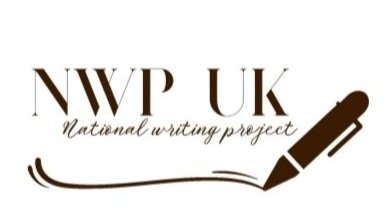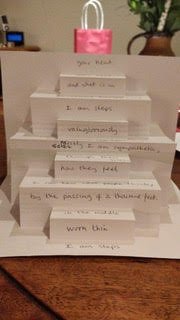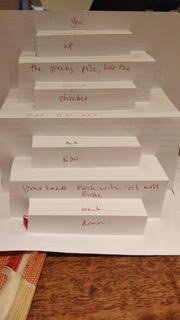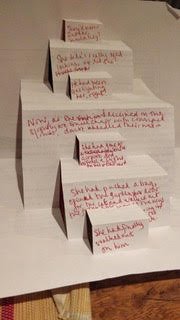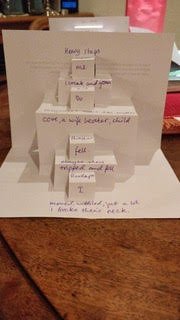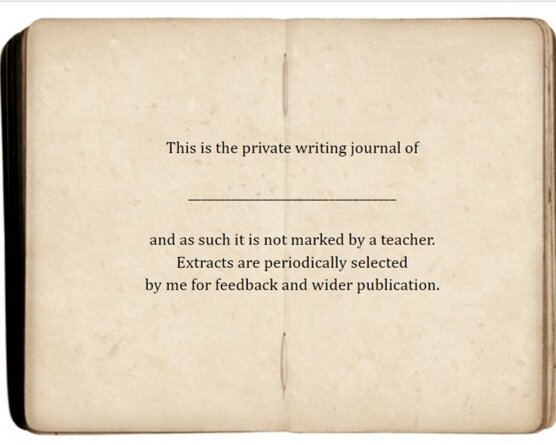NWP Whodunnit, Russell Square, August 2022
Secondary English teacher Theresa Gooda embraces the return to ‘real-life’ writing meetings with other teachers after thirty months of online formats.
The pandemic has a lot to answer for, but one of its (admittedly more minor) effects has been to make me lazy about convening meetings.
When everything suddenly switched online in March 2020, there was something invitingly easy about not having to ever leave the house to attend a meeting. It took me a while to embrace Zoom for my group’s NWP meetings, but how much less effort to click on a link, than jump on a Thameslink train to somewhere?
I convene the South Downs NWP group and our members are dispersed across Sussex in towns and villages many miles apart: Billingshurst, Storrington, Steyning, Fittleworth, Southwater, Loxwood, Horsham, Crawley, Hove and Brighton.
Getting everyone together, even in ‘olden times’ was tricky; NWP meetings for our group have always been moveable feasts; trying to accommodate clashes with parents’ evenings, open evenings, zumba classes, football matches and the rest means that we’ve always played around with different times and different days of the week, as well as meeting up in different places. How much easier, then, to keep it going online?
But we finally gook the plunge and met at a members’ house in Hove last week, for the first time since pre-pandemic days.
And I’m so glad we did.
We need this more than ever.
We had a new member joining us, so we went for a variation on an old, trusted NWP favourite, the floorplan exercise. As ever, it invited a great deal of raw memoir writing. There were tales of a teenage accident with hair-removal cream, a feminist twist on a game of hide and seek, memories of being served alcohol under-age in a local bar, a last phonecall with a loved relative.
But how much richer that writing was for the luxury of writing together.
The hair-removal memory, for example, was triggered, not by the act of drawing a floorplan, but because someone else shared a memory of another kind of hairloss. The incidental sharing offered as many ‘ingredients’ and stimulus for writing as the initial prompt.
Conversational turn-taking operates differently when you are in the room together. Pedagogic discussion is organic. Responses to writing are tangible in laughter, shock, shared understanding: communicated in myriad ways that simply don’t translate when one is ‘muted’ in order to listen in an online meeting.
And, dare I say that the writing itself proved somehow richer?
I love hearing that barely perceptible scratch of pen on the page, or a sigh as someone grapples with a thought or image. The tilt of the head as someone looks towards the window for inspiration. The best sort of pressure arises from that undisturbed, collective enterprise and endeavour.
I also tag along with the London-based Whodunnit NWP group, who got their act together far sooner than I did and started meeting in person back in the summer with a wonderful Mrs Dalloway-inspired session in Russell Square.
On both occasions I have been overwhelmed by the power of what happens when teachers write together, reminding me of why this is one of the central tenets of our National Writing Project.
One of the writers at our South Downs meeting got in touch the next day to say that they felt as if their ‘soul had been enriched’.
I can’t think of a better reason for joining a meeting.
